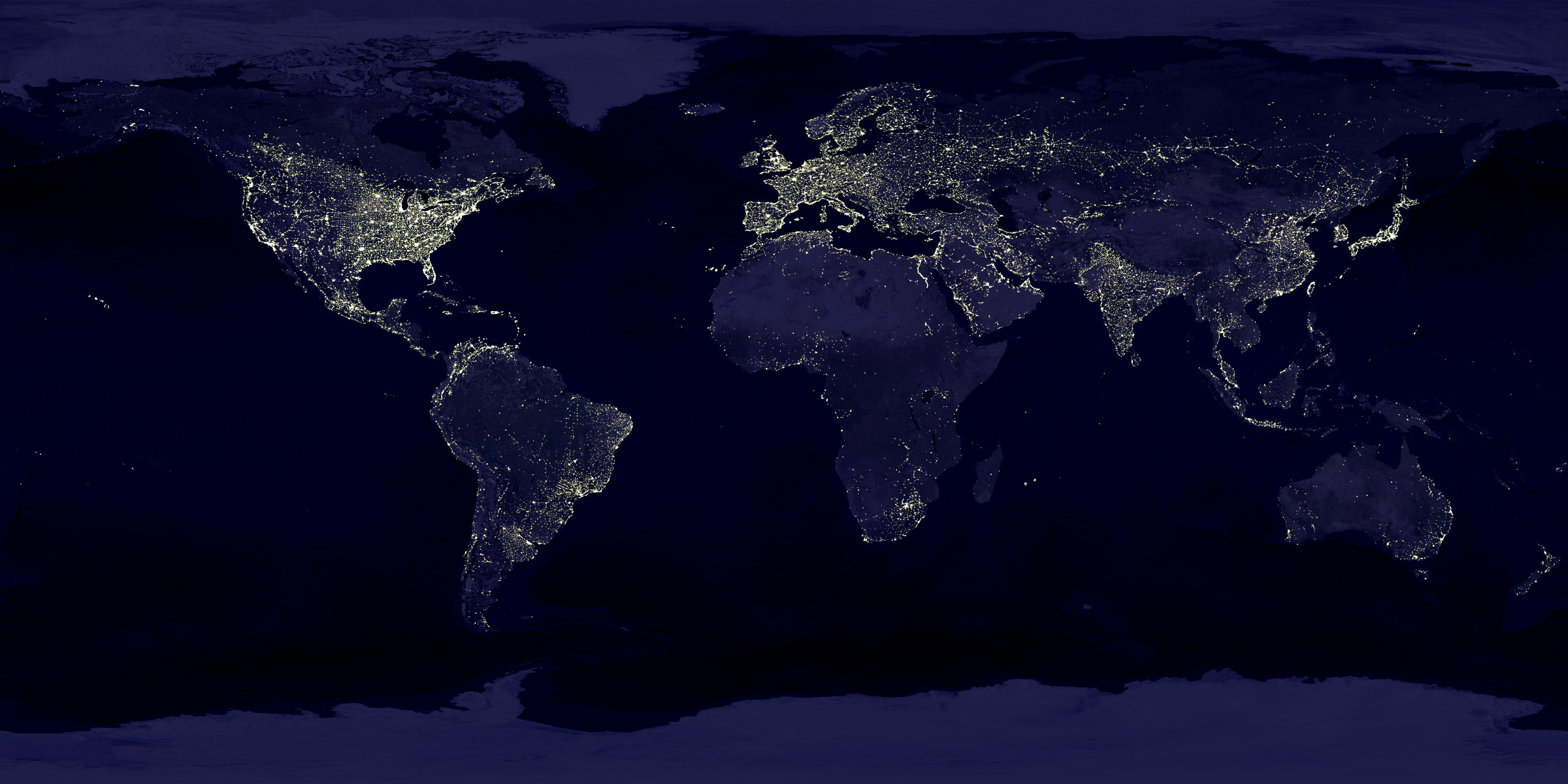Most, but not all, emerging markets have overcome high inflation
THIS YEAR marked a quarter of a century since Brazil beat hyperinflation with a conjuring trick. The old currency, the cruzeiro, had been debased, suffering annual price rises reaching 2,500%. Following the advice of a small group of economists, the government required firms to list prices and wages in “units of real value”, a new unit of account linked loosely to the dollar. Cruzeiros—ever more of them—continued to be used for payment, with the exchange rate between the unit and the currency widely publicised. Eventually the authorities simply scrapped the cruzeiro, replacing it with the freshly-minted “real”, which by then was a trusted yardstick. Inflation tumbled to 22% in 1995.
It seemed like a miracle. Yet arguably what came next, both in Brazil and other emerging markets, was more remarkable still. Since then, many emerging-market economies have defeated not just hyperinflation but high inflation too. In 1995 median inflation among emerging markets was over 10%. By 2017 it was only 3.3%. Exclude crisis-struck Turkey and Argentina, and at the start of 2019 the gap between average inflation in emerging markets and advanced economies was at a record low (see chart). In Brazil today inflation is just 3.4%.
This longer, slower miracle was achieved using rich-world methods but in harsher conditions. By the 1990s, and...























